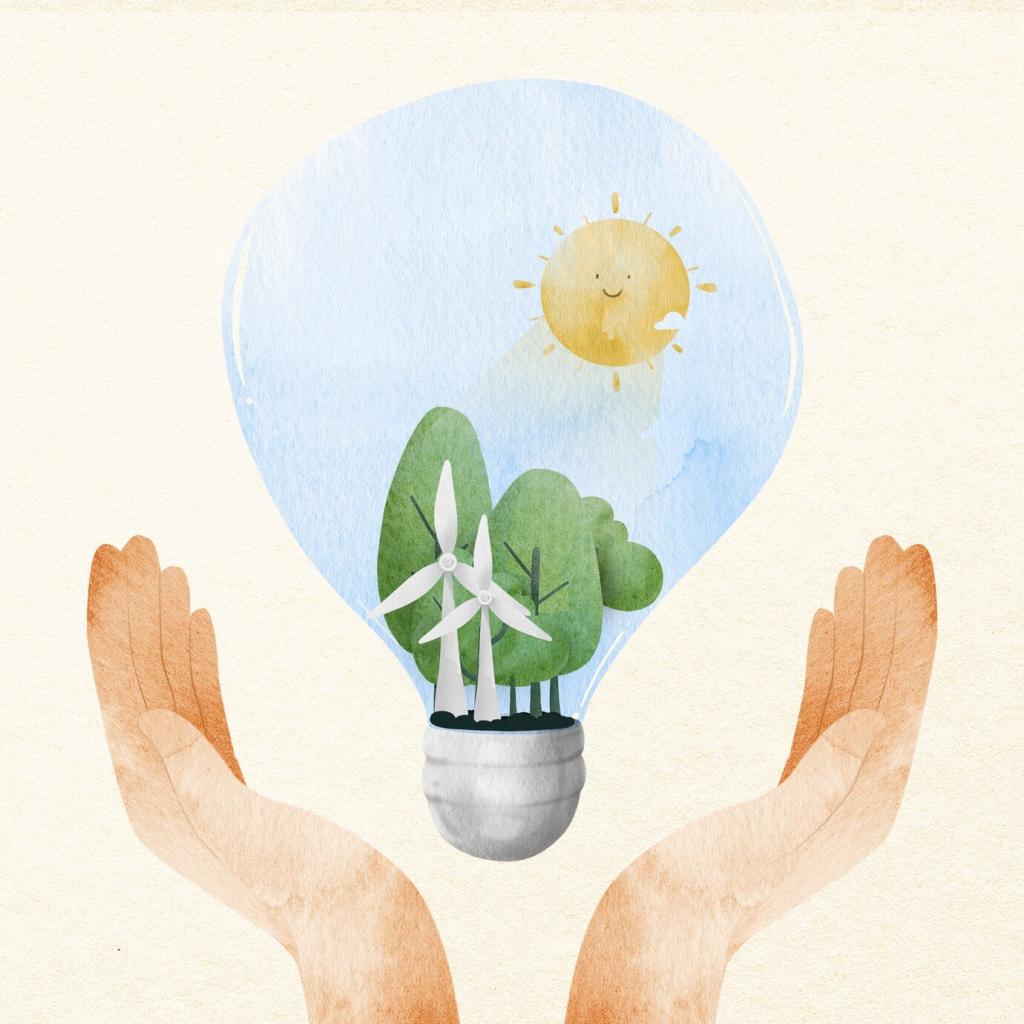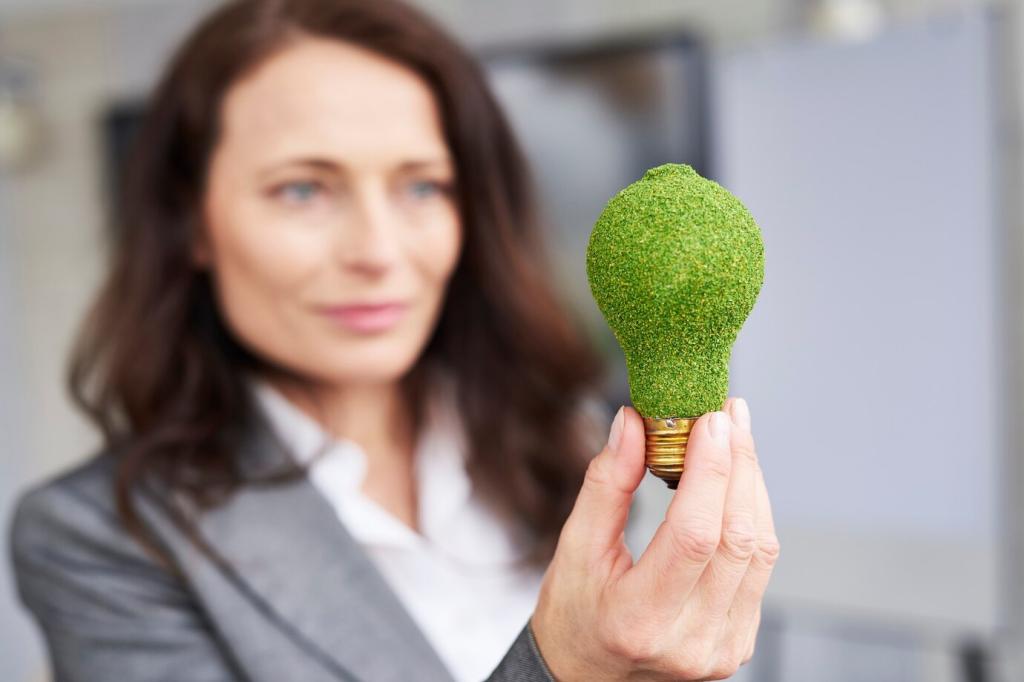
Water Conservation Technologies
Water conservation technologies are essential solutions for addressing the growing global demand for freshwater resources. As populations rise and climate patterns change, traditional water supplies are under increasing stress. Innovative approaches and smart devices help reduce water waste, improve efficiency, and ensure that this precious resource can meet current and future needs. From domestic environments to large-scale agricultural operations, these technologies play a crucial role in making water usage more sustainable and responsible.
Soil Moisture Sensing
Soil moisture sensors are a core component of advanced irrigation technologies. These sensors are placed at various depths within the soil profile to provide real-time data on moisture levels. By accurately gauging the water content, the irrigation system can make informed decisions about when to activate watering cycles. This eliminates the guesswork associated with traditional irrigation schedules, preventing overwatering, runoff, and evaporation losses. In agricultural settings, soil moisture sensors contribute to healthier crops and improved yields, while in residential landscapes, they help homeowners maintain green lawns with minimal waste.
Weather-Based Controllers
Weather-based irrigation controllers, often known as smart controllers, integrate local weather data to regulate watering schedules and amounts. These controllers pull information from weather stations or online forecasts, adjusting irrigation plans to accommodate rainfall, humidity, temperature, and wind. As a result, they automatically reduce or cancel watering during periods of rain or cooler weather, ensuring that water is only dispensed when environmental conditions demand it. The implementation of weather-based controllers has shown a significant reduction in water use, translating to cost savings and sustainability in gardens, parks, and agricultural fields.
Drip Irrigation Technology
Drip irrigation is a targeted watering method that delivers water directly to the root zones of plants through a network of pipes, tubes, and emitters. Unlike overhead sprinklers that waste water through evaporation and runoff, drip systems ensure minimal loss and maximum absorption. This technology is especially beneficial in arid regions or during periods of drought, as it maintains optimal soil moisture with less water. Drip irrigation is highly customizable, making it suitable for everything from home gardens to large farms, promoting conservation while supporting healthy plant growth.

High-Efficiency Plumbing Fixtures
01
Low-Flow Toilets
Low-flow toilets use advanced flushing mechanisms to effectively remove waste with much less water than traditional models. While older toilets can use up to seven gallons per flush, modern low-flow versions use as little as 1.28 gallons. Dual-flush options allow users to select a full or partial flush, further optimizing water use. Today’s low-flow toilets combine efficiency with powerful cleaning, providing reliable performance while dramatically reducing household water use—one of the largest sources of indoor consumption.
02
Water-Saving Showerheads
Water-saving showerheads restrict flow rates while maintaining a satisfying shower experience. These fixtures incorporate aerators, pressure-compensating technology, or innovative nozzle designs to maintain strong streams with less water. For many households, showers account for a substantial share of indoor water use. Installing efficient showerheads can cut this usage by nearly half, saving thousands of gallons annually. Water-saving models also contribute to energy conservation, as less hot water is required, resulting in lower utility bills and a smaller carbon footprint.
03
Faucet Aerators
Faucet aerators are small attachments that screw onto the end of a faucet, mixing air with water to maintain a steady flow while significantly reducing water volume. These simple devices can be retrofitted to most existing faucets, instantly curbing water waste without compromising usability. Aerators are commonly installed in kitchens and bathrooms, where frequent handwashing and cleaning occur. Their widespread use in homes and businesses underscores their value as a cost-effective, easy-to-implement technology for water conservation.
Join our mailing list
